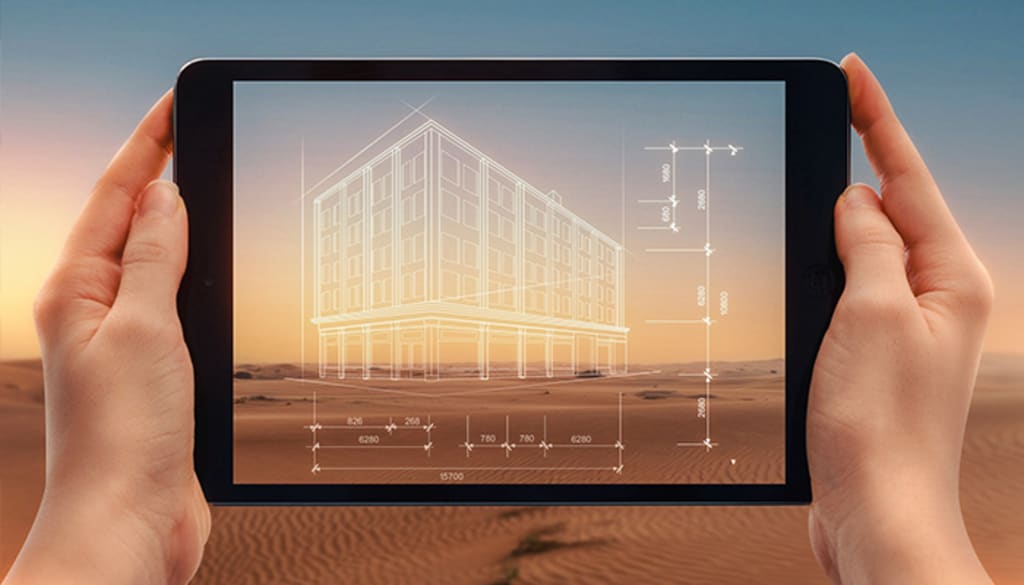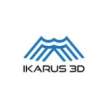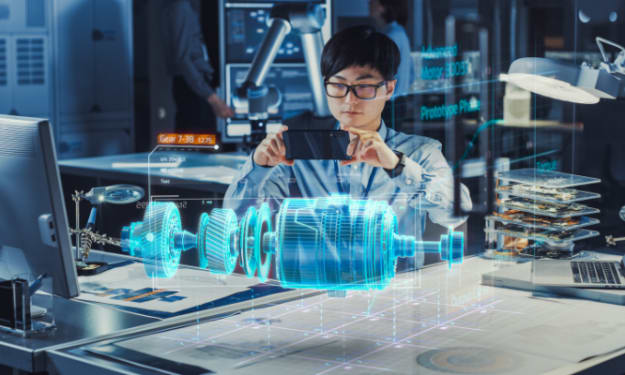A Complete Overview of Critical Specifications Behind AR 3D Modeling
Mastery of these specifications empowers creators to push the boundaries of AR 3D modeling, delivering captivating, lifelike, and engaging content within the dynamic realm of augmented reality.

The intricacies of AR 3D modeling require a grasp of critical specifications that drive its functionality and immersion. Primarily, it encompasses the polygon count, defining the model's complexity and detail level, crucial for realistic rendering in augmented reality environments. Texture resolution is equally vital in determining the model's visual fidelity and surface detail. UV mapping influences how textures wrap around the model, ensuring seamless visuals.
Considerations such as file formats (USDZ, FBX, or OBJ) and compatibility with AR platforms are pivotal in ensuring smooth integration and optimal user experiences. Finally, the model's scale and relation to the real world are essential for accurate placement and interaction within the AR space. These specifications collectively lay the foundation for compelling, immersive AR experiences driven by 3D modeling.
Polygons
Polygons are the fundamental building blocks of AR 3D modeling, dictating the level of detail and complexity in virtual objects within augmented reality environments. In this context, polygons refer to the geometric shapes—usually triangles—that comprise 3D models. The polygon count directly impacts the model's visual fidelity and performance in AR.
Lower polygon counts are efficient for simpler shapes or objects viewed from a distance, while higher counts are necessary for intricate details and up-close interactions. Balancing polygon count is crucial; too few polygons result in a lack of detail, while an excessive count can strain device resources, impacting performance.
Optimizing polygons involves techniques like LOD (Level of Detail) systems, where different versions of a model with varying polygon counts are used based on proximity, ensuring optimal rendering for AR experiences. Understanding and managing polygon counts are essential in AR 3D modeling, enabling the creation of compelling, realistic, and efficient virtual objects within augmented reality environments.
Textures
Textures are vital components in AR 3D modeling, enriching virtual objects with surface details, colors, and realism essential for immersive augmented reality experiences. They are visual skins draped over 3D models, enhancing their appearance and depth. Texture maps include diffuse maps for base color, specular maps for surface highlights, normal maps for simulating surface details, roughness maps for surface smoothness, and more, each contributing to the overall visual quality of the model.
Texture resolution plays a crucial role in defining the clarity and fidelity of these details; higher resolutions yield sharper textures, but balancing resolution with device performance is essential for AR applications. Techniques like texture baking optimize textures and merge multiple properties into a single map, reducing the load on AR devices.
Understanding texture mapping coordinates (UV mapping) is crucial, ensuring textures wrap seamlessly around 3D models avoiding visual distortions. In AR 3D modeling, textures act as the visual essence, breathing life into virtual objects and enhancing the user's immersion within the augmented environment.
3D File formats
In AR 3D modeling, selecting the correct file format is pivotal for compatibility, rendering accuracy, and seamless integration across various augmented reality platforms and devices. Several file formats stand out for their prevalence and support within AR applications. USDZ, developed by Apple, has gained significant traction due to its efficiency in storing 3D models, textures, and animations, optimized explicitly for AR experiences on iOS devices.
GLTF/GLB formats offer a universal standard, boasting compact file sizes and support for textures, animations, and PBR (Physically Based Rendering) materials, making them ideal for AR applications across different platforms. FBX and OBJ formats remain popular, especially in transitioning existing 3D models to AR environments, offering compatibility with various software and retaining essential model information.
To ensure compatibility and functionality across AR platforms and devices, the appropriate 3D file format is crucial in delivering seamless and immersive AR experiences. Understanding the nuances of each format, including their capabilities, optimizations, and compatibility, empowers AR 3D modelers to produce content that seamlessly blends into the diverse landscape of augmented reality applications.
Final Wrap
Understanding the critical specifications of AR 3D modeling provides a crucial foundation for creating immersive and high-quality augmented reality experiences. Factors like polygon count, texture resolution, file formats, and scale within the AR environment are essential for crafting realistic virtual objects.
Balancing complexity and performance through optimized polygons and textures ensures seamless rendering and efficient utilization of device resources. Moreover, selecting the proper 3D file formats tailored for AR platforms and devices enables smooth integration and compatibility, which is vital for a seamless user experience.
About the Creator
Ikarus 3D
Ikarus 3D, a top AR/VR/XR partner. We craft custom, lightweight 3D models, photorealistic designs, and optimized assets for immersive experiences.
www.ikarus3d.com
Enjoyed the story? Support the Creator.
Subscribe for free to receive all their stories in your feed. You could also pledge your support or give them a one-off tip, letting them know you appreciate their work.






Comments
There are no comments for this story
Be the first to respond and start the conversation.